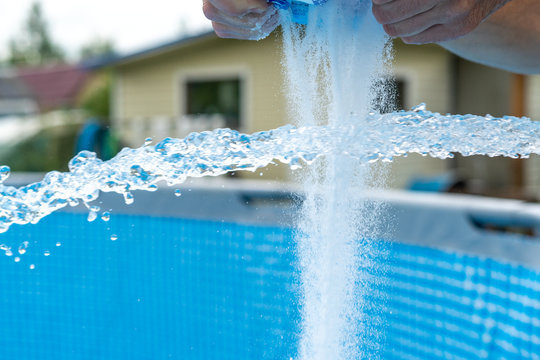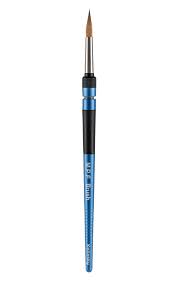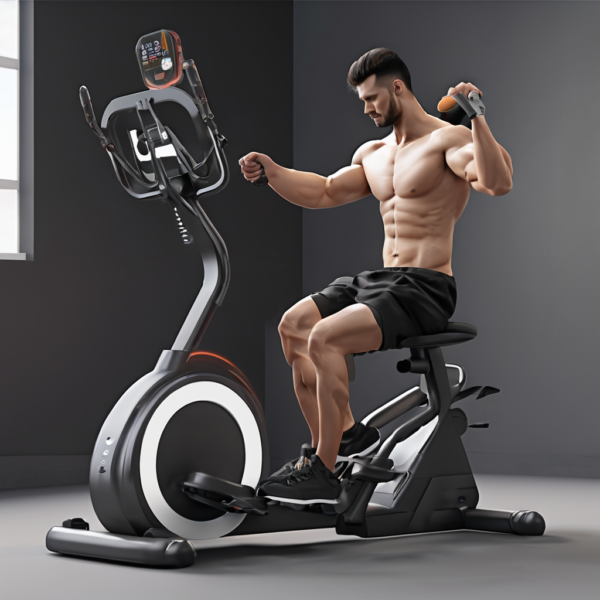
Building an indoor pool is an exciting endeavor that can elevate your home to new levels of luxury and functionality. This comprehensive guide will walk you through the process of envisioning, planning, designing, constructing, and maintaining an indoor pool. Whether you desire a serene retreat, a hub for fitness, or an entertainment centerpiece, this guide will help you turn your dream into reality.
The Unique Benefits of an Indoor Pool
1. Unmatched Convenience
One of the primary advantages of an indoor pool is the convenience it offers. Unlike outdoor pools that are at the mercy of the weather, an indoor pool provides a controlled environment, allowing you to swim, exercise, or relax at any time of the year. This convenience ensures consistent use and enjoyment, making it a valuable addition to your home.
2. Customizable Environment
An indoor pool allows for complete customization of the surrounding environment. From the temperature and lighting to the decor and landscaping, every aspect can be tailored to your preferences. This level of control ensures a comfortable and aesthetically pleasing space that aligns with your vision.
3. Enhanced Health and Wellness
Swimming is a full-body workout that improves cardiovascular health, builds muscle strength, and enhances flexibility. Having an indoor pool makes it easy to incorporate regular swimming into your fitness routine, promoting overall health and well-being. Additionally, the tranquil environment of an indoor pool can reduce stress and improve mental health.
4. Increased Home Appeal
A beautifully designed indoor pool can significantly enhance the appeal and value of your property. It adds a touch of luxury and sophistication that can be a major selling point for potential buyers. While the initial investment may be substantial, the long-term benefits, including increased home equity, make it a worthwhile project.
Planning Your Indoor Pool
1. Initial Considerations
Before embarking on your indoor pool project, it’s essential to consider several key factors:
- Space Requirements: Assess the available space in your home to determine the size and shape of the pool. Consider additional features like a lounging area, shower, or sauna.
- Budget Planning: Establish a realistic budget that includes all aspects of the project, from design and construction to equipment and ongoing maintenance.
- Purpose and Usage: Define the primary purpose of the pool. Whether it’s for relaxation, fitness, therapy, or entertainment, your pool’s design should reflect its intended use.
2. Design and Layout
The design and layout of your indoor pool should harmonize with the existing architecture of your home and cater to your personal preferences:
- Pool Shape and Size: Choose a shape and size that complements your space and meets your needs. Common shapes include rectangular, oval, kidney-shaped, and custom freeform designs.
- Depth and Dimensions: Determine the appropriate depth based on the pool’s intended use. A shallow pool is ideal for lounging and family activities, while a deeper pool is better suited for diving and lap swimming.
- Lighting and Ambiance: Incorporate both natural and artificial lighting to enhance the pool area. Skylights, windows, underwater LED lights, and ambient lighting create a welcoming atmosphere.
3. Environmental Control
Proper environmental control is crucial for the longevity and comfort of your indoor pool area:
- Ventilation: Install an effective HVAC system to manage humidity levels and ensure proper air circulation. This prevents moisture buildup and maintains a comfortable environment.
- Dehumidification: High humidity levels can lead to mold and structural damage. Dehumidifiers help maintain optimal humidity levels, protecting your pool area and ensuring comfort.
4. Additional Features
Enhance your indoor pool with features that match your lifestyle and preferences:
- Hot Tub or Spa: Adding a hot tub or spa can create a versatile relaxation area.
- Water Features: Waterfalls, fountains, and jets add visual appeal and auditory pleasure.
- Decking and Seating: Choose durable, non-slip materials for the decking and comfortable seating options for lounging.
- Fitness Equipment: Consider swim jets, underwater treadmills, or resistance training equipment for a comprehensive workout area.
Construction Process
1. Hiring the Right Professionals
Building an indoor pool is a complex project that requires the expertise of various professionals, including architects, contractors, and pool specialists. Ensure you hire experienced professionals to guarantee a successful project that meets all safety and regulatory standards.
2. Securing Permits
Before construction begins, obtain the necessary permits from your local building authority. Compliance with building codes and regulations is essential for safety and legality. Your contractor should assist with the permitting process and ensure all requirements are met.
3. Excavation and Foundation
The construction process starts with excavation. The area where the pool will be located is dug out, and a solid foundation is prepared. This involves laying a robust base to support the pool structure and prevent any future settling or shifting.
4. Pool Shell Installation
Once the foundation is ready, the pool shell is installed. This can be constructed from various materials, each with its advantages and considerations:
- Concrete: Highly durable and customizable, but requires more maintenance and has a longer construction time.
- Fiberglass: Pre-fabricated and installed as a single piece, making the installation process quicker and easier. Low-maintenance but limited in design options.
- Vinyl: Offers flexibility in design and is cost-effective, but the liner may need to be replaced periodically.
5. Plumbing and Electrical Work
Proper plumbing and electrical systems are crucial for the functionality and safety of your indoor pool. This includes installing pumps, filters, heaters, and lighting systems. Ensure that all electrical work is performed by a licensed electrician to meet safety standards.
6. Finishing Touches
The final stage of construction involves adding the finishing touches, such as tiling, decking, and landscaping. Choose materials and finishes that are durable, easy to maintain, and aesthetically pleasing.
Maintenance and Upkeep
1. Regular Cleaning
Maintaining a clean pool is essential for both hygiene and aesthetics. Regularly skim the surface, vacuum the bottom, and clean the pool walls to prevent the buildup of dirt and algae. Automated pool cleaners can help streamline this process.
2. Water Quality Management
Keeping the pool water balanced is critical for swimmer safety and equipment longevity. Test the water regularly for pH, chlorine, and other chemical levels. Invest in a quality pool testing kit or consider hiring a professional pool service to manage water quality.
3. Equipment Maintenance
Regularly inspect and maintain all pool equipment, including pumps, filters, and heaters. Follow the manufacturer’s guidelines for routine maintenance and address any issues promptly to prevent costly repairs.
4. Humidity Control
Indoor pools generate high levels of humidity, which can lead to mold and structural damage if not properly managed. Use dehumidifiers and ensure your HVAC system is functioning correctly to control moisture levels.
5. Safety Measures
Implement safety measures to prevent accidents and injuries. This includes installing pool covers, safety alarms, and non-slip surfaces around the pool area. Additionally, ensure all family members and guests are aware of pool safety rules.
Unique Design Inspirations
1. Tropical Oasis
Transform your indoor pool area into a tropical paradise with lush greenery, natural stone accents, and water features like cascading waterfalls. Use vibrant, tropical colors for decor and consider adding elements like a thatched roof cabana or tiki bar to enhance the theme.
2. Modern Minimalist
For a sleek, contemporary look, opt for clean lines, monochromatic color schemes, and high-end materials like glass, steel, and polished concrete. Incorporate minimalist furniture and state-of-the-art technology, such as smart lighting and automated pool covers, to create a sophisticated environment.
3. Spa Retreat
Create a serene and calming space reminiscent of a high-end spa. Use soft, neutral colors, natural materials like wood and stone, and incorporate elements like a sauna, hot tub, and massage area. Soft lighting and aromatic scents can enhance the relaxing atmosphere.
4. Family Fun Zone
Design an indoor pool area that caters to family entertainment with features like a water slide, splash pads, and interactive water toys. Include a lounging area with comfortable seating and entertainment options like a big-screen TV or a sound system for poolside fun.
Conclusion
Building an indoor pool is a rewarding project that offers numerous benefits, from unmatched convenience and customizable environments to enhanced health and increased property value. By carefully planning, hiring experienced professionals, and maintaining your pool properly, you can create a luxurious indoor retreat that enhances your lifestyle and adds lasting value to your home.
An indoor pool transforms your living space into a personal haven, providing endless opportunities for relaxation, exercise, and entertainment. Whether you envision a tropical oasis, a modern minimalist sanctuary, a spa retreat, or a family fun zone, a well-designed indoor pool can bring your dream to life, making every day feel like a vacation in the comfort of your own home.






